Written by Kelsey Low
Happy Fall Migration! It may have just started to feel like autumn, but for birds, the subtle change in daylight hours at the end of August was enough to trigger their urge to travel. Most birds in Houston are migratory: they breed up north in summer, then travel down south for winter. “Up north” may be as far as the Arctic tundra or as near as the Texas panhandle; “down south” might be southern Brazil or Galveston. In any case, millions of birds pass through Houston during fall migration. It is one of our most amazing natural spectacles and is worth celebrating! Here’s what to look for at the Arboretum during this exciting time:

Ruby-throated Hummingbirds might be Houston’s favorite fall migrants. Everyone loves these tiny jewels, and they put on an amazing show from late August through September on their slow journey south. Hummingbirds rely on flower nectar for food as they travel, so the best places to see hummingbirds are near flowers – especially Turk’s cap and trumpet creeper. For example, sit on a bench near the Nature Center building and look for big patches of Turk’s cap shrubs with their red, curled-up flowers and big, bright green leaves…you’ll see a hummingbird eventually! Even as you walk the trails (especially the Outer Loop), look for small clearings with patches of blooming trumpet creeper. These orange, tube-shaped flowers grow on vines that cling to the trunks of large trees and are usually high up off the ground. Watch the flowers long enough and you will spot a hummingbird.

Many people don’t realize that birds of prey can be migratory too. Millions of Broad-winged Hawks, Swainson’s Hawks, Mississippi Kites, and more pass through Houston during fall. To see migrant raptors at the Arboretum, you need a little luck to look up at just the right time. Your best chance is on warm, sunny afternoons when puffy, white, cumulus clouds are in the sky. That means hot air is rising from the ground, and that’s what the hawks are “riding” as they soar. The best places to see clear, open sky are the parking loops, the savanna, and the Meadow. You may see what looks like hundreds of black specks swirling high overhead – use binoculars and you’ll see that it’s a migrating “kettle” (flock of hawks).

Birdwatchers get the most excited about fall songbirds: warblers, thrushes, tanagers, vireos, and other small perching birds. These little balls of energy usually migrate at night, flying high in the sky until dawn. They land in good patches of habitat like the Arboretum to find shelter, water, and food. They may simply refuel for a few hours before moving on, or they might stay for days – that’s part of the fun and frustration of birding during fall! Migrant songbirds are easiest to see along edges, like those between a pond and the surrounding forest, or along the borders of a trail, or between grassy clearings and dense patches of trees. Small songbirds prefer to forage in mixed-species flocks centered on Carolina Chickadees. Look and listen for chickadees and you will often see warblers, vireos, and flycatchers too! If you want to find fruit-eating migrants, look for patches of berries, especially Virginia creeper and yaupon holly. That’s where you’ll find orioles, thrushes, and catbirds.

Remember that birds are much easier to hear than see. Keep your ears tuned for chips, squeaks, warbles, and whistles and you’ll be much more likely to detect sneaky migrants as they move high through the treetops or deep in patches of brush. Good luck, and we hope you enjoy an amazing experience during fall migration!
Photo credit: Adam Rice, Kelly Colgan Azar, Dominic Sherony, Conrad Kuiper



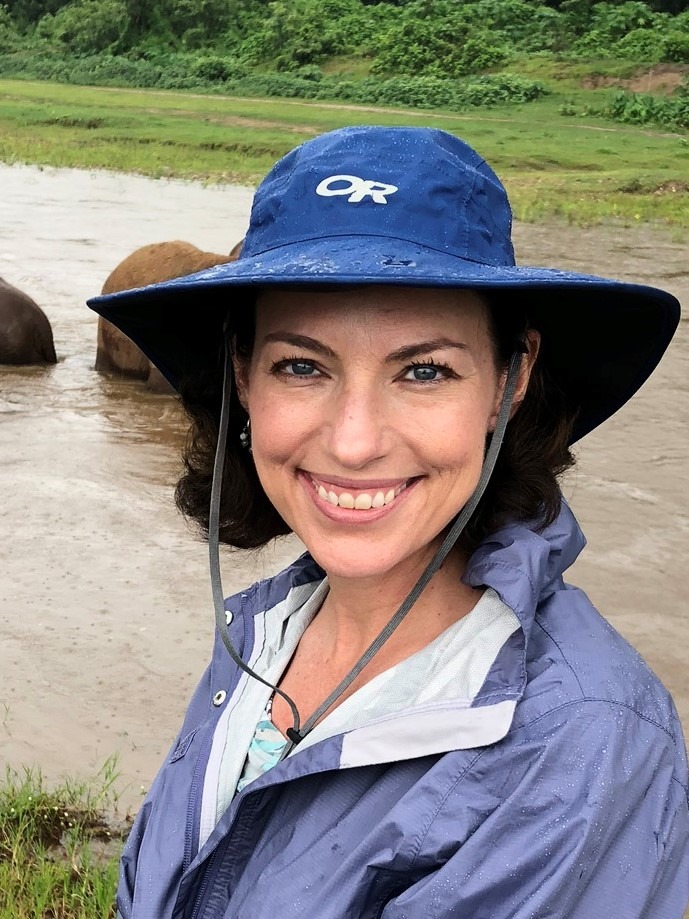
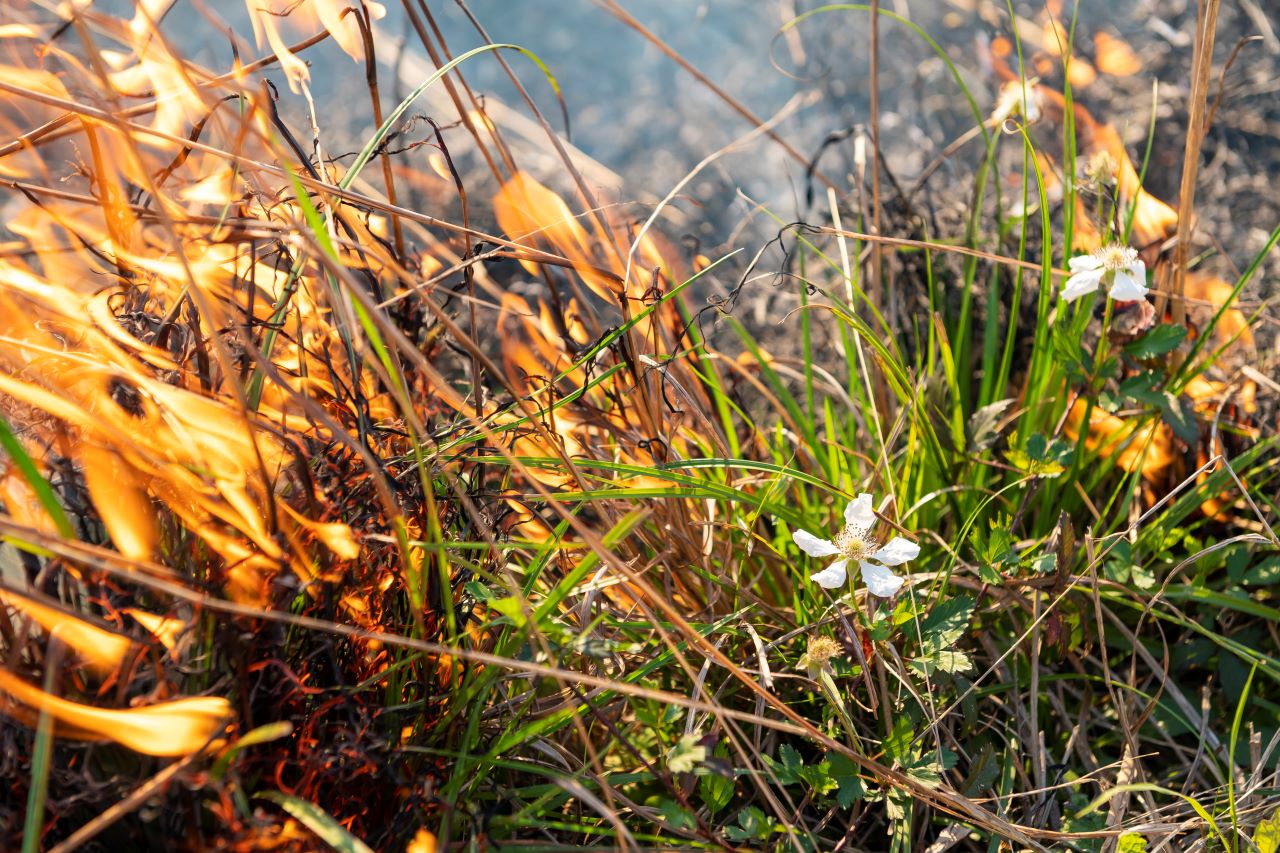

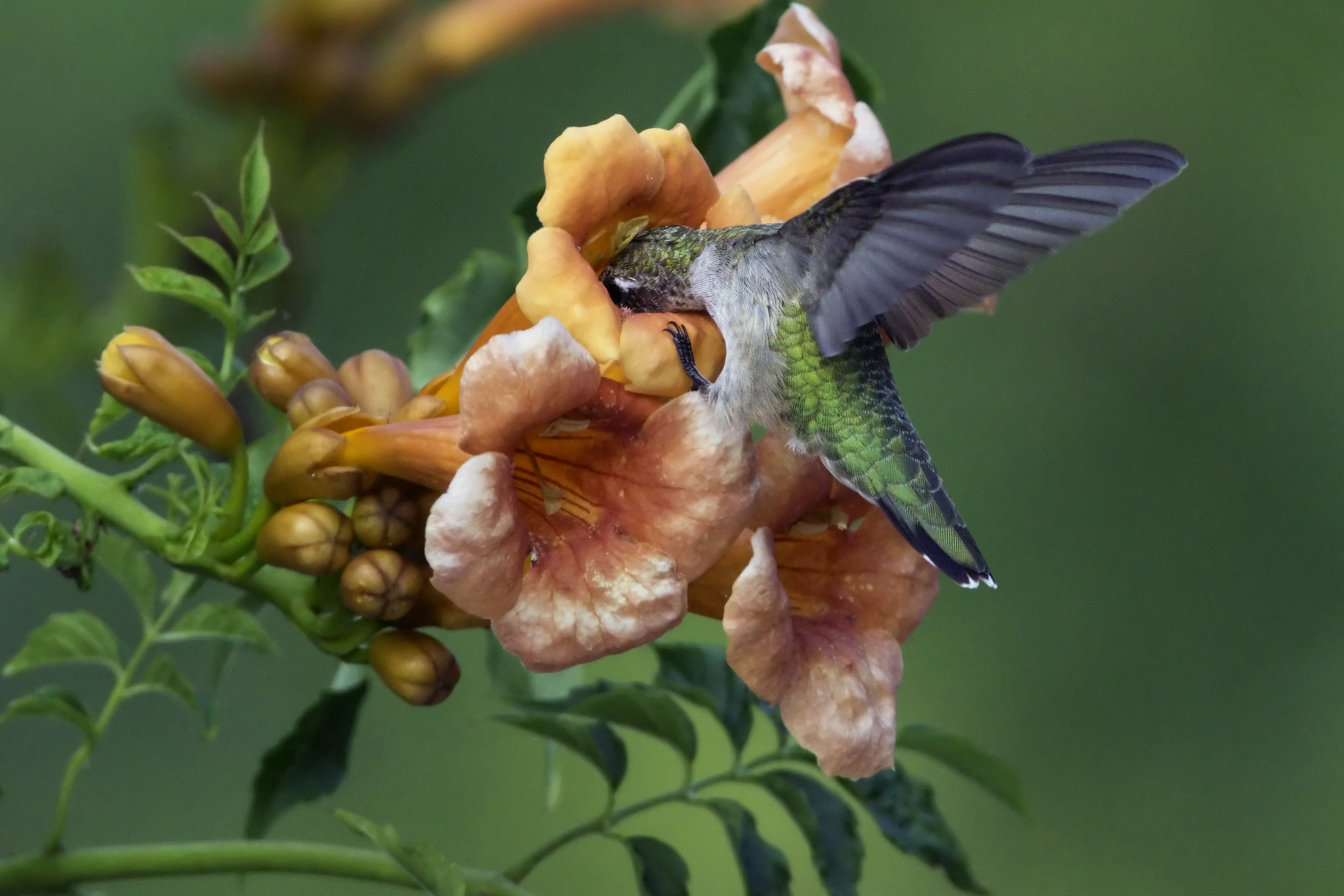
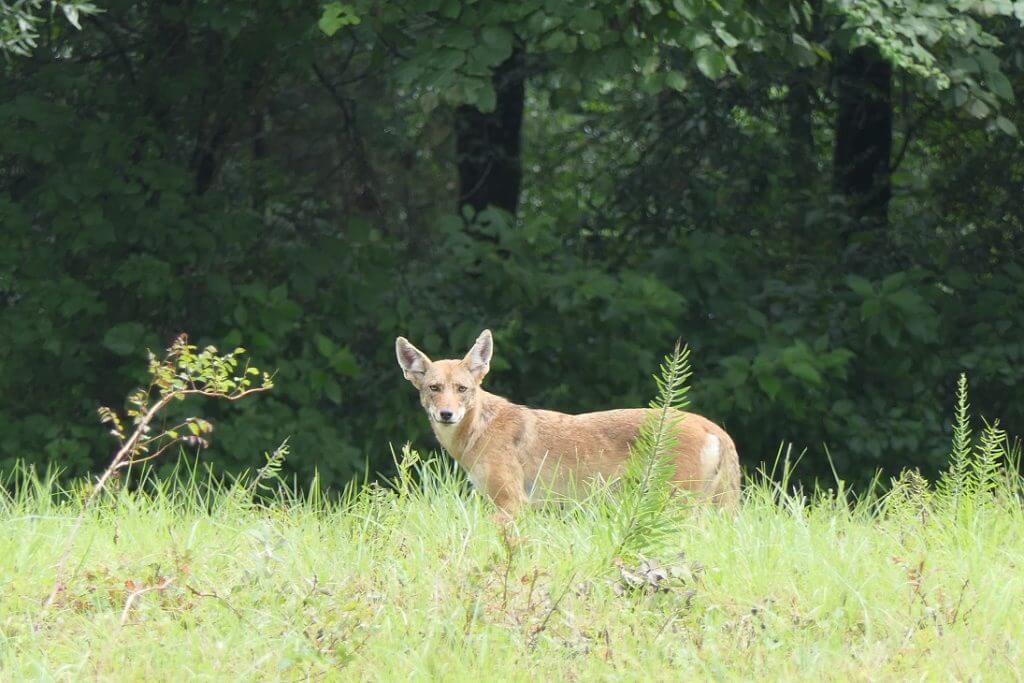
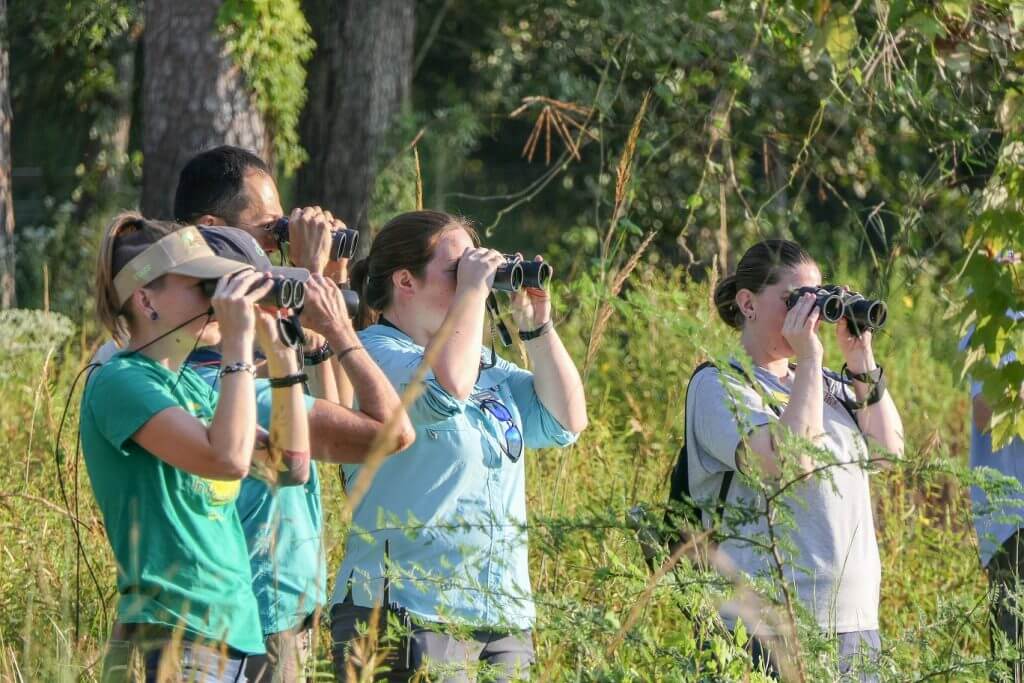


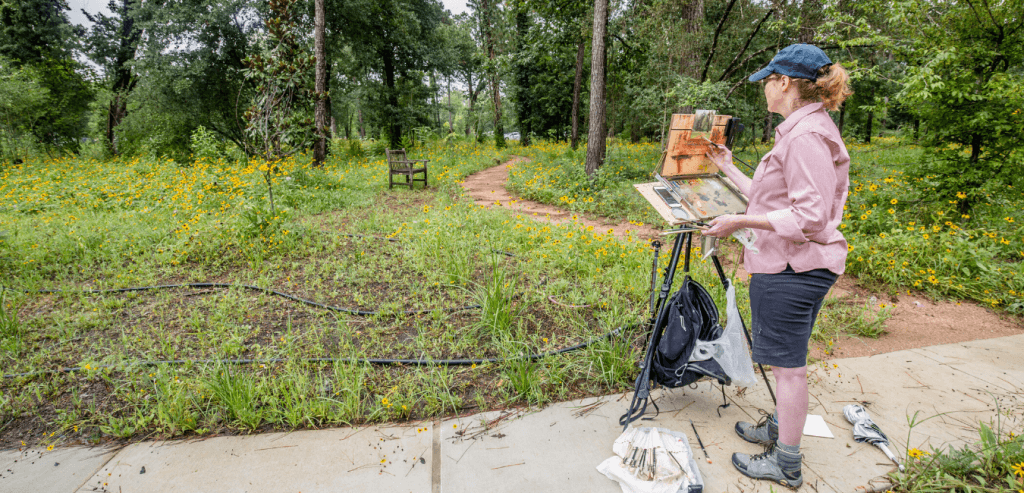


 Closure Alerts
Closure Alerts 


 Celebrate Earth Month with Houston Arboretum
Celebrate Earth Month with Houston Arboretum 